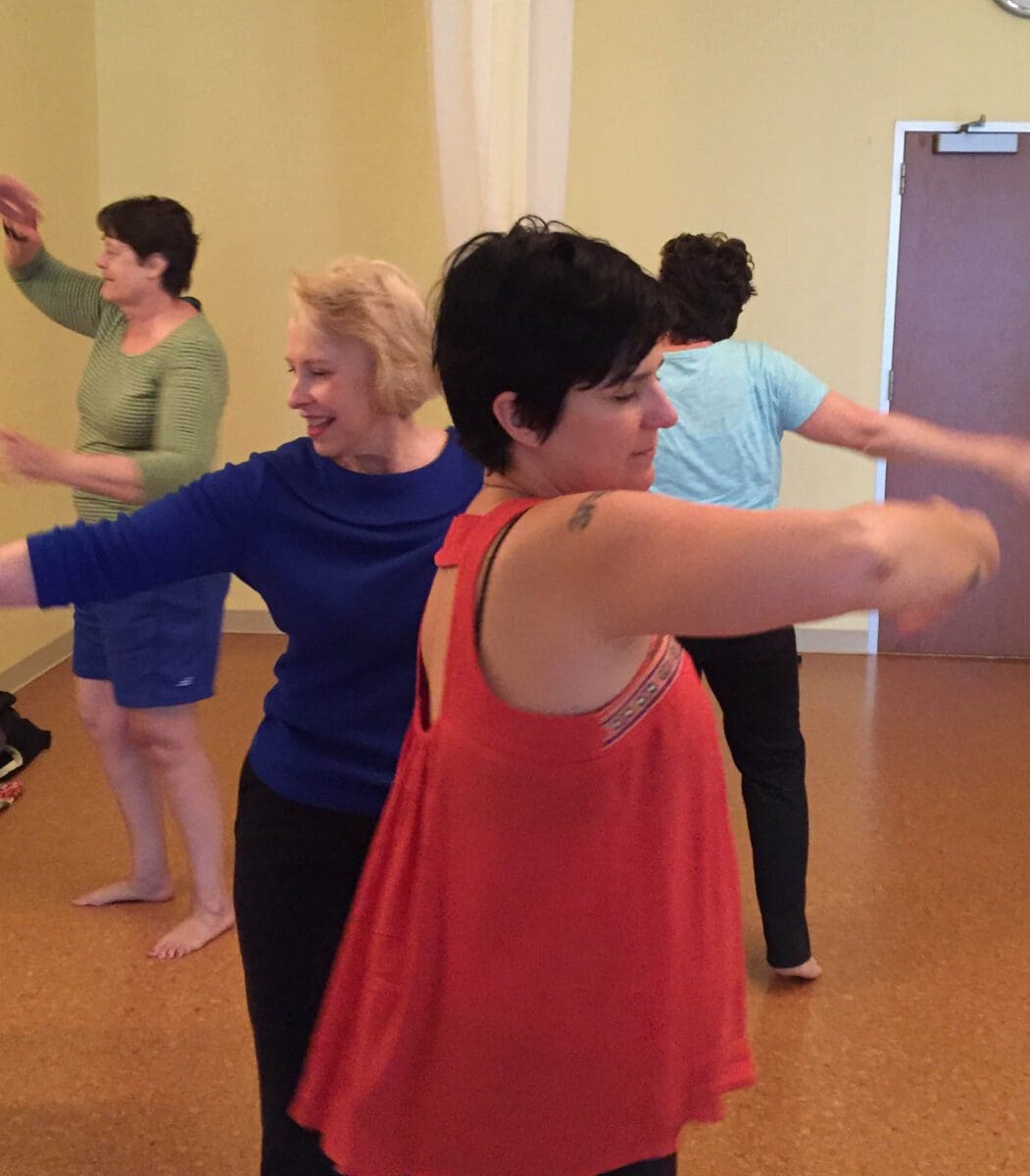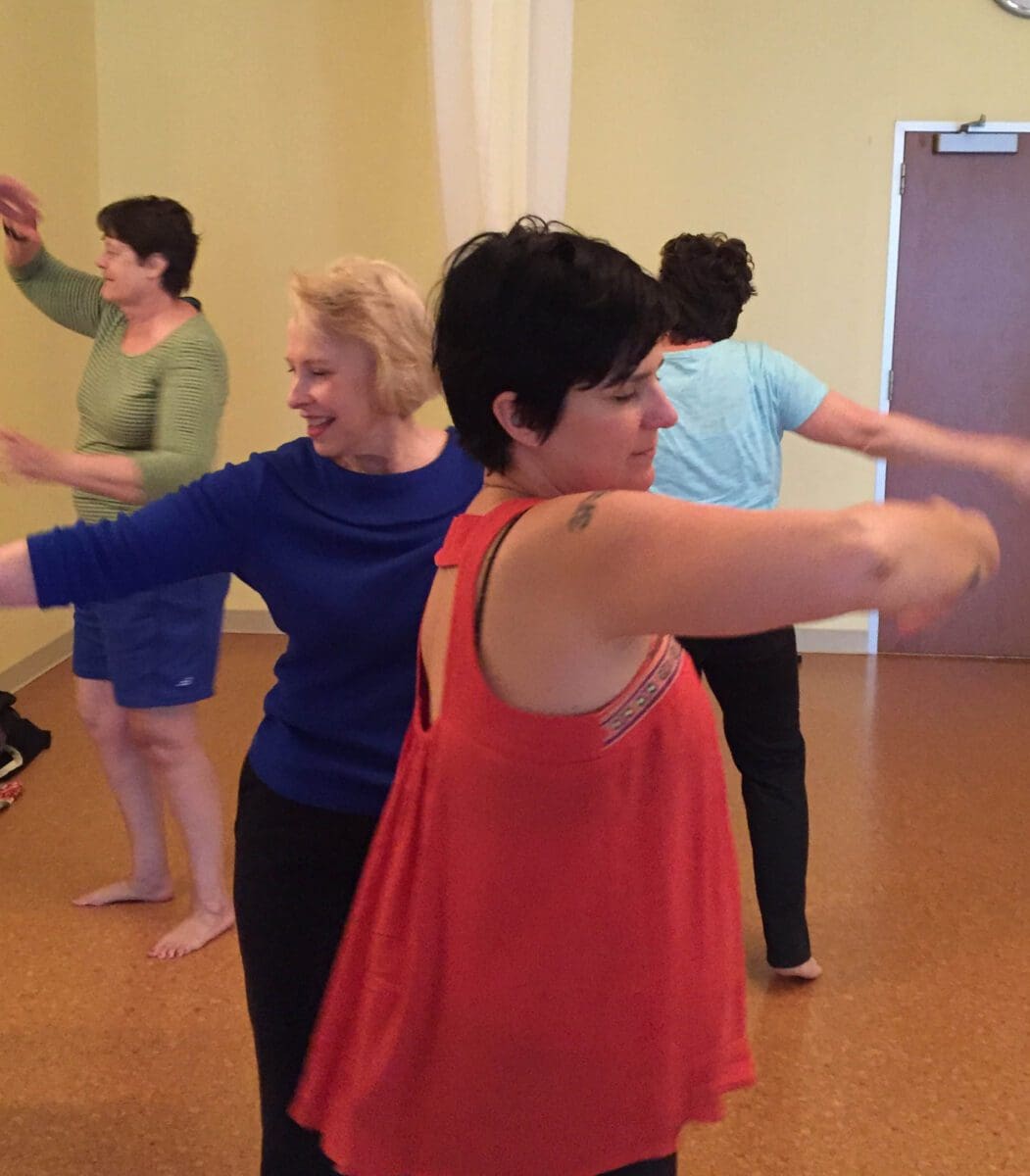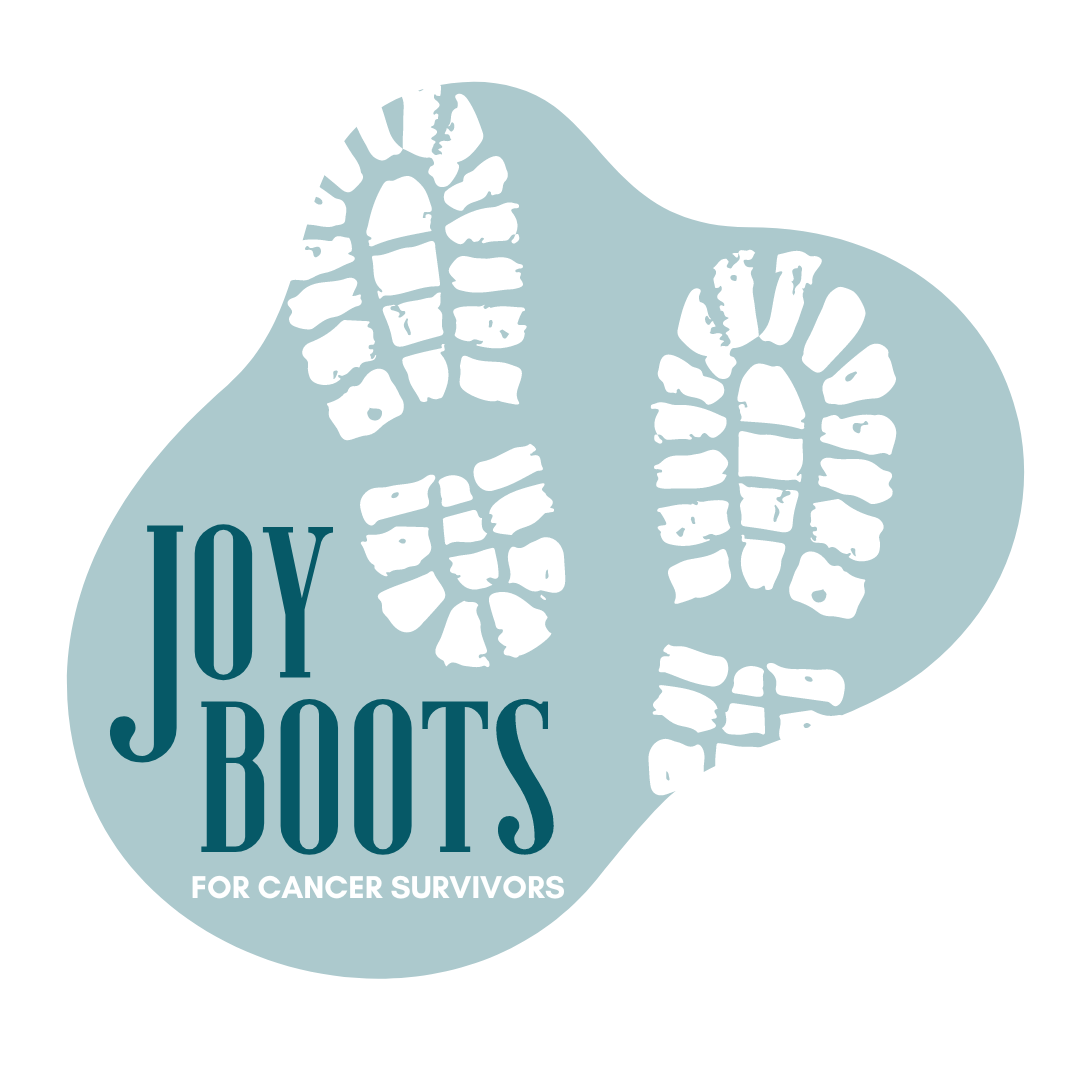During a hurricane, the warning signs are there: the weather turns dark, the winds pick up, rains become frightening and torrential. You buckle down to survive.
The storm feels endless. Power goes out.
At the mercy of nature, you do what you can to be cautious, and you have the water, flashlight, candles, and snacks you need to get through. You are grateful for your friends and family and neighbors. Sometimes strangers show up to help at a crucial moment.
Maybe you get through relatively unscathed, except for the fear and worry about others.
But sometimes your house is barely standing or unrecognizable. It was far worse than expected.
People bring food, text messages of concern, drive you places, help you tear off the rotten wood and carry your belongings to the street for a while. There’s FEMA – not a great option, but better than nothing.
As time goes on, to others your struggle seems less urgent, and you hear from people less. They assume you are getting along better and of course they have their own lives.
The sky outside is blue and you can hear the birds chirp. Restaurants and stores are back open. The world is going on around you, even though you are still not finished rebuilding your house or your life. You are now on your own.
——————————————————————————————————————
This hurricane comparison came from Robyn who sent me a message after reading a piece I wrote on how your emotions must be allowed to emerge in order to heal.
She likened cancer recovery to the aftermath of a natural disaster: “It’s like a hurricane hit your life and even though you should just be grateful you survived it, dealing with the aftermath of it all takes so much longer than the actual hurricane itself…”
It’s true. Cancer, like other chronic and critical illness, hits your body and your personal life like a hurricane. And like hurricane survivors, it’s important to know it is not unusual to struggle greatly as you pick up the pieces of your life. Others are also experiencing the shock, fear, dread, anger, loss, gratitude, and joyful moments as you.
Though you know it takes time to heal, there’s pressure to move on quickly and be cheerful, even as you are confronted with painful or upsetting side effects: joint or bone pain, pain from surgery, chemobrain, lack of mobility, job loss, relationship problems, fatigue, just to name a few.
Still, it takes time to come to terms with the reality of what you have gone through. You have to get to know your body again, rebuild it, and adapt to changes in how you see the world, your relationships, and priorities.
Sometimes the pressure comes from within. You want so badly for it to be over. You expect yourself to fit right back in to your old life and schedule and priorities when everything about you has shifted and needs space and time and support to heal and re-integrate.
“I don’t want to have had cancer…” I sometimes hear from clients. The steps to recovery feel so overwhelming.
And yet, given no other option, you do move forward.
What helps manage feelings?
- Reaching out instead of isolating. Say what you feel. Let yourself cry and express anger.
- Finding ways to move your body that feel safe and nurturing, even pleasurable to you: walking, swimming, yoga, dancing-all at your own pace. Check out Team Survivor activities in your community.
- Attending support groups and getting therapy.
- Asking your medical questions until you feel you understand.
- Resting without guilt.
- Writing about your pain and your feelings and your experience as though they were important. Because they are.
- Long deep breathing.
- Spending time with friends and family who are supportive. If they are draining to you, limit your time with them.
- Being in nature.
——————————————————————————————————————
Reality is, things may never be exactly the same. Be honest with yourself about what you are feeling and find community who allow you to show up just as you are.
Photos are from my sister’s neighborhood in Houston following Hurricane Harvey.









